Insider tips for travelling through London
Let’s face it, London isn’t small, and you’re going to be looking for some handy ways to get around during your trip. Travelling in London doesn’t need to be expensive or slow; it can even be a great way to sightsee. From hopping on a boat up the Thames to downloading the latest travel app, we have you covered with Stayo’s tips and tricks for getting about the capital.
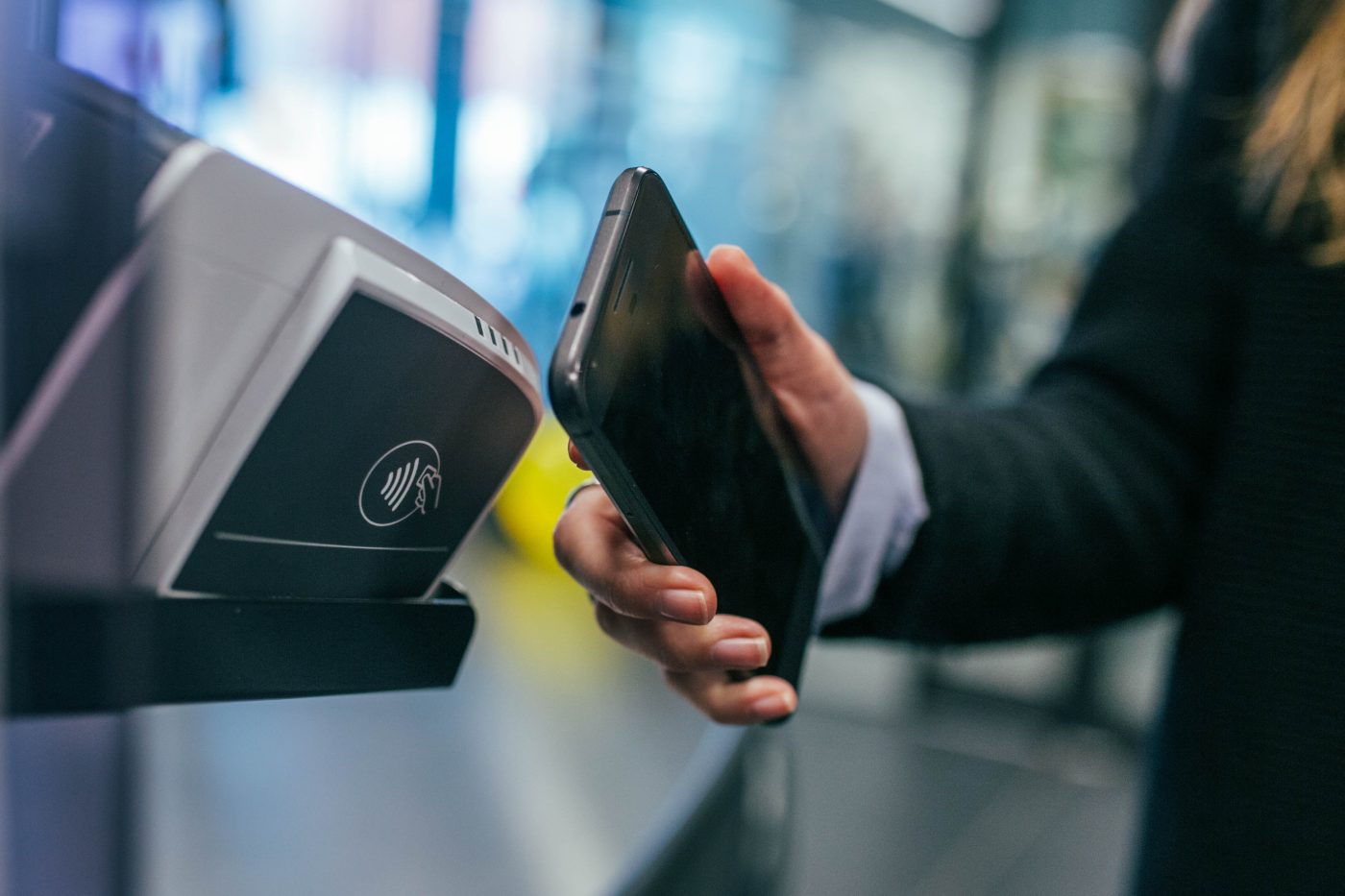
Using Contactless
Paying for a ticket can be as simple as one tap. If your card does not charge a transaction fee in the UK, we recommend using contactless payment to simply tap in at the start of your journey and tap out at the end, note when using the bus you only need to tap in at the start. The prices are pretty much the same as an Oyster Card, London’s pay-as-you-go card for public transport. Most foreign cards with contactless payment will work on London transport however bear in mind that some card providers might charge an international transaction fee so you should check with your card provider in advance. If you are unsure, you can always purchase an Oyster Card at a London tube station or at the airport, this pay-as-you-go card in certain to give you the same benefits as contactless.
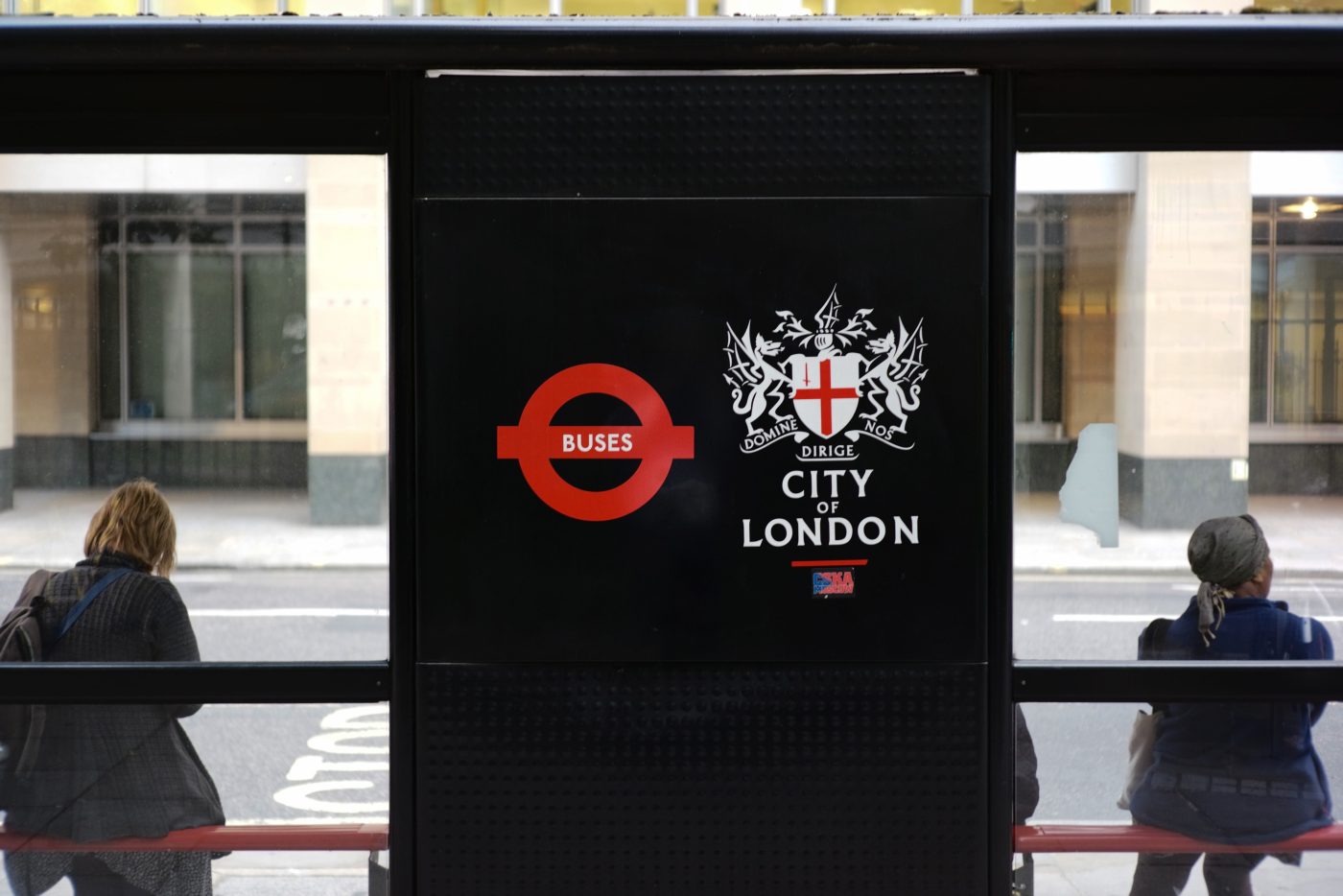
Price caps
You’ll be pleased to hear the London Transport System makes it impossible for you to blow your whole budget on getting from A to B. The London transport map is divided into different zones. Each zone represents how central a location is – Zone 1 is the most central. Tube and Overground journey fares are based on which and how many zones you travel through. Each fare is capped at a certain price. The fare cap for zones 1 to 2 is set at £7.70, this means you can take as many journeys as you want within zones 1 and 2 on any given day and never be charged more than £7.70. You can often get home at night for free if you have already reached the maximum. Zones 1 to 3 are capped at £9.
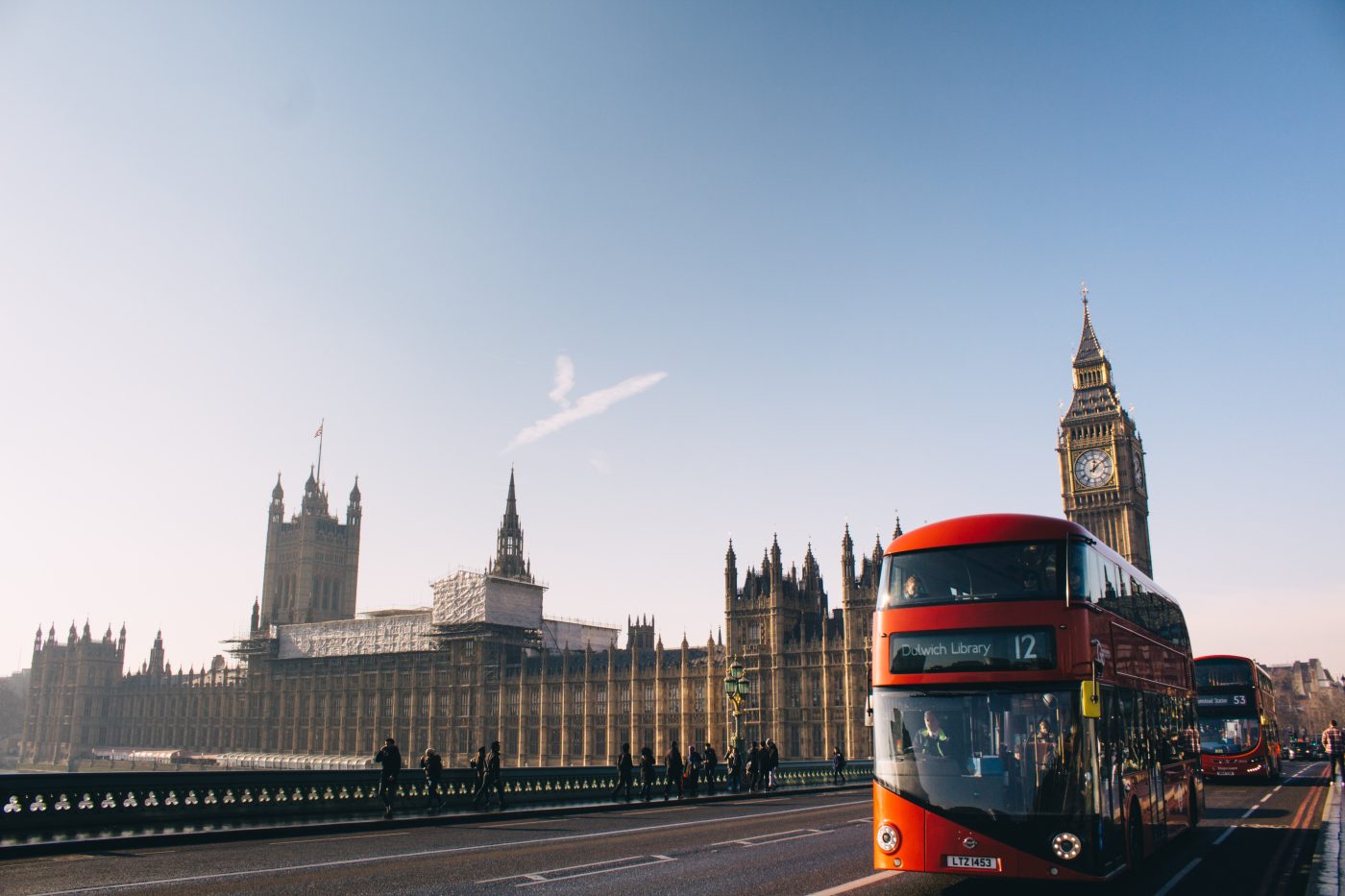
Travelling by bus
The iconic red London bus, not only might it be on your bucket list to hop on top deck, but it also happens to be an incredibly convenient way to get around. Buses are the cheapest mode of public transport in London and Zones do not apply to bus fares. There is one fare of £1.65 to use the bus and it is what is known as The Hop Off Fare. This is a pay as you go system, you can hop from bus to bus for unlimited journeys over the course of one hour with no additional charges. There is a daily cap of £4.95. Travelling by bus is a great way to see the city and gain a good understanding of your location.
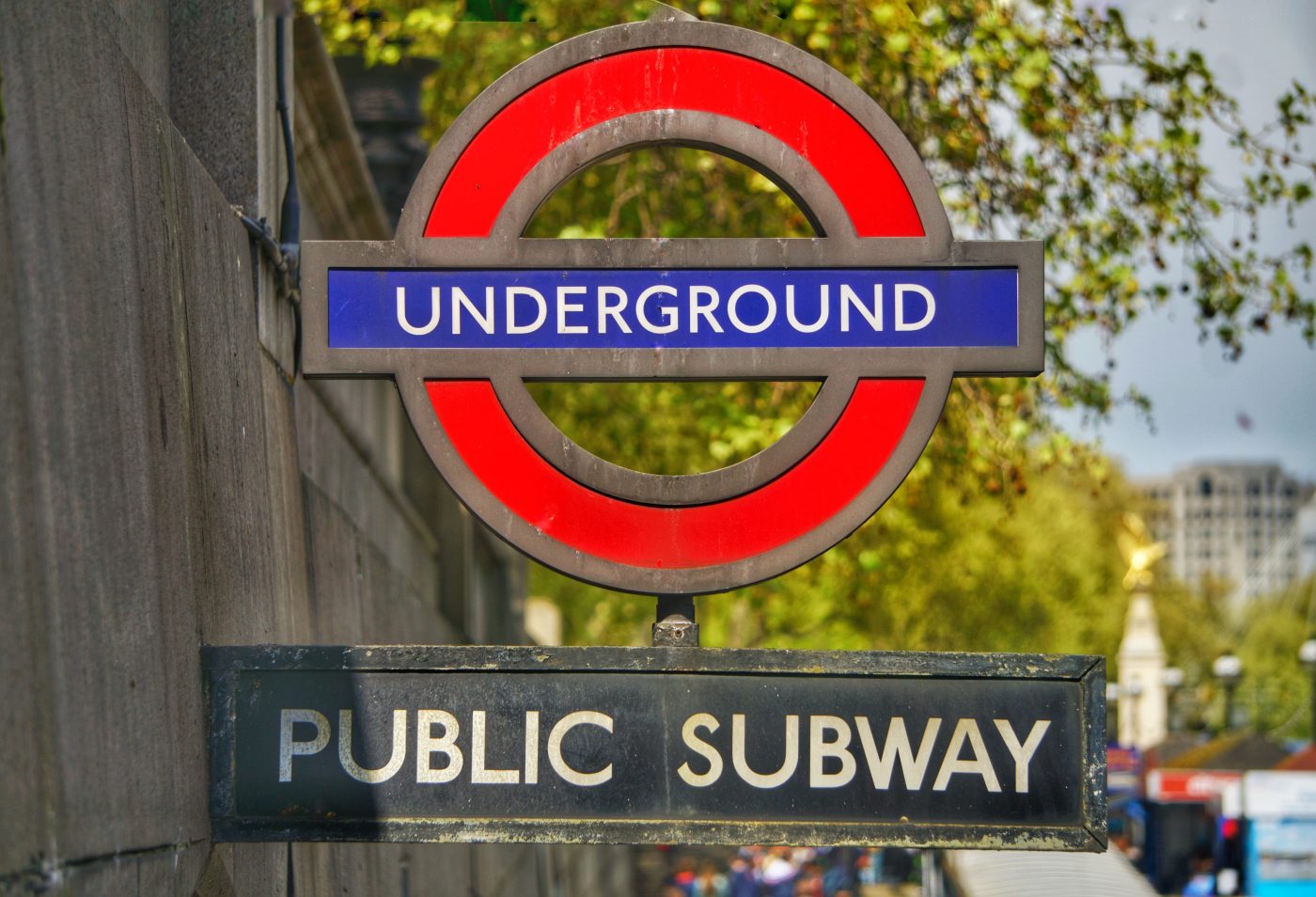
When to avoid the Tube
The London Underground System, locally known as the Tube, is a network with 11 lines that collectively handle up to 5 million passenger journeys a day; it is the world’s 12th busiest metro system. This is a cheap and quick way to travel, with tubes departing regularly from stops. If you can help it, try to avoid the morning rush between 7:30 and 10am and the afternoon rush between 4:30 and 7pm. Some stops are very near to each other and it is cheaper to walk – for example, hundreds of people spend £2.40 making a 45-second Tube journey between Covent Garden and Leicester Square, the closest stations on the London Underground, with their platforms on the Piccadilly line less than 300 yards apart.
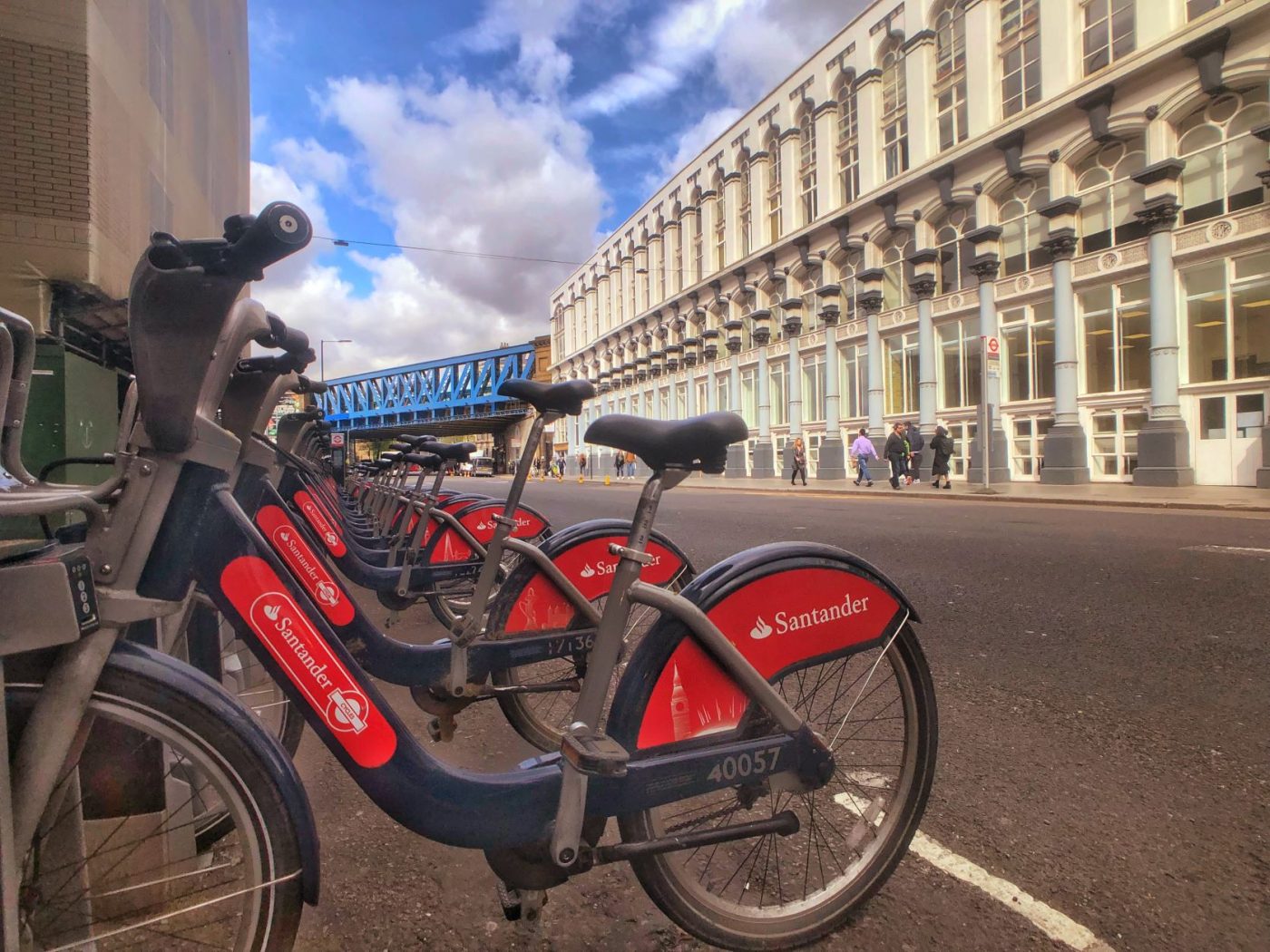
Biking
Cycling is a great way to save money and avoid the crowds, so hop on a rented bike during your visit. It is statistically very safe as the vast majority of Central London has a speed limit of 20mph and the city is becoming more and more suited to cyclists with the creation of new lanes and cycle routes. There are Santander Cycle docks all throughout Zone 1, allowing you to rent city bikes and drop them off at any docking station. Journeys under 30 minutes are free, meaning you can cycle for 29 minutes, drop off your bike, take another out and do this throughout the day to avoid any charges at all. London is a fairly flat city, so it’s relatively easy to get around by bike.
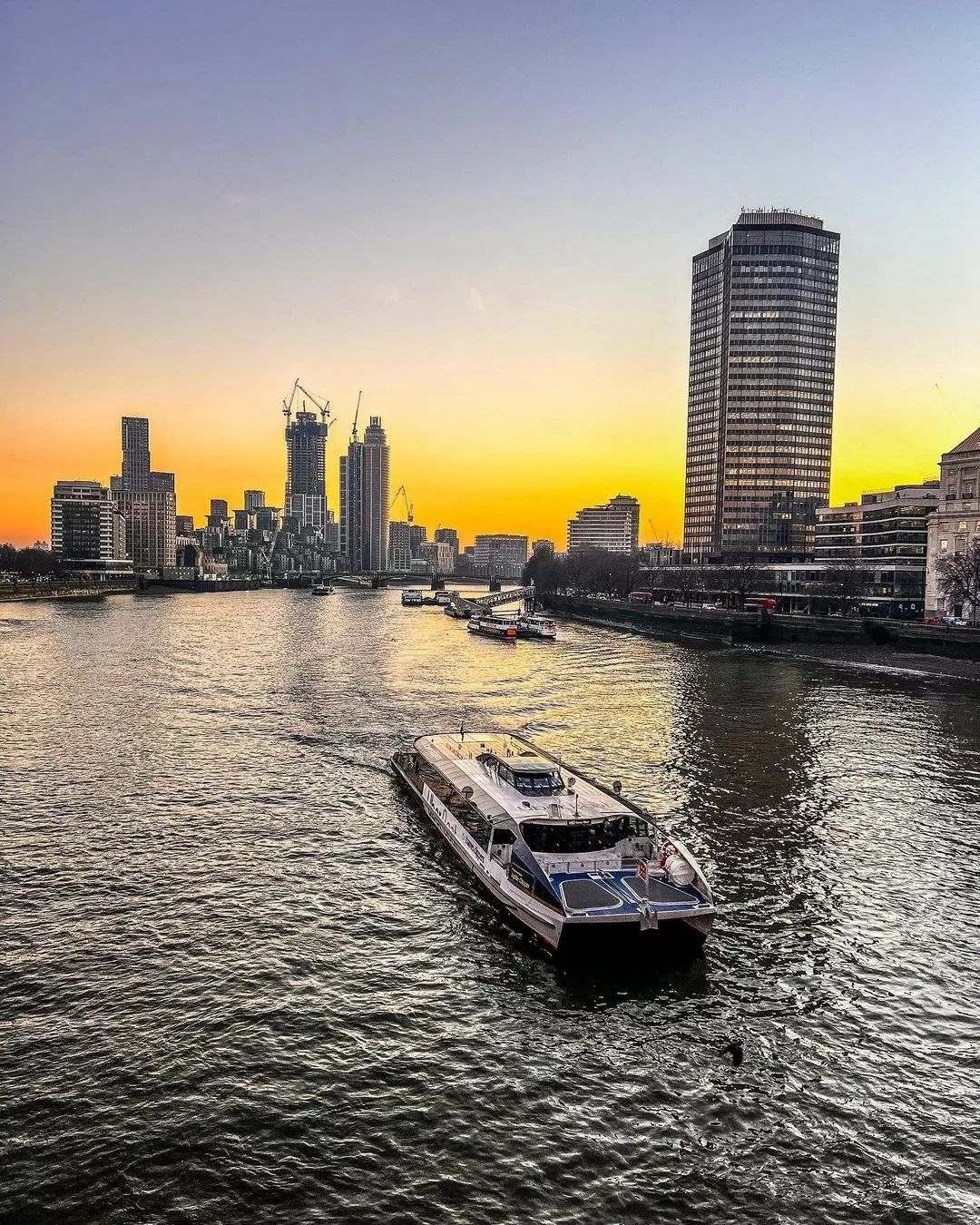
Travel on the Thames
The Thames Clipper ferry network can be a very efficient way to travel and is great fun. It makes sense when London is a city built around a body of water. The route connects Putney in the west, up the River Thames, to Woolwich in the east. Take in some of London’s top landmarks from the river for a fare of £7.70 for adults and £3.85 for children.

CityMapper App
CityMapper is a Londoner’s favourite. Join the locals in the latest and greatest way to travel effectively through London. CityMapper is your best bet for speed and efficiency; the app’s impressive algorithm considers the time of day, the distance, and how often trains and buses will depart from the nearest stops to provide you with a selection of different route options. The app can also be used to find the nearest bicycles and e-scooters available for hire and you can even find available ferry journeys. You can pick your route depending on whether you are looking for the quickest or cheapest way to get to your destination.
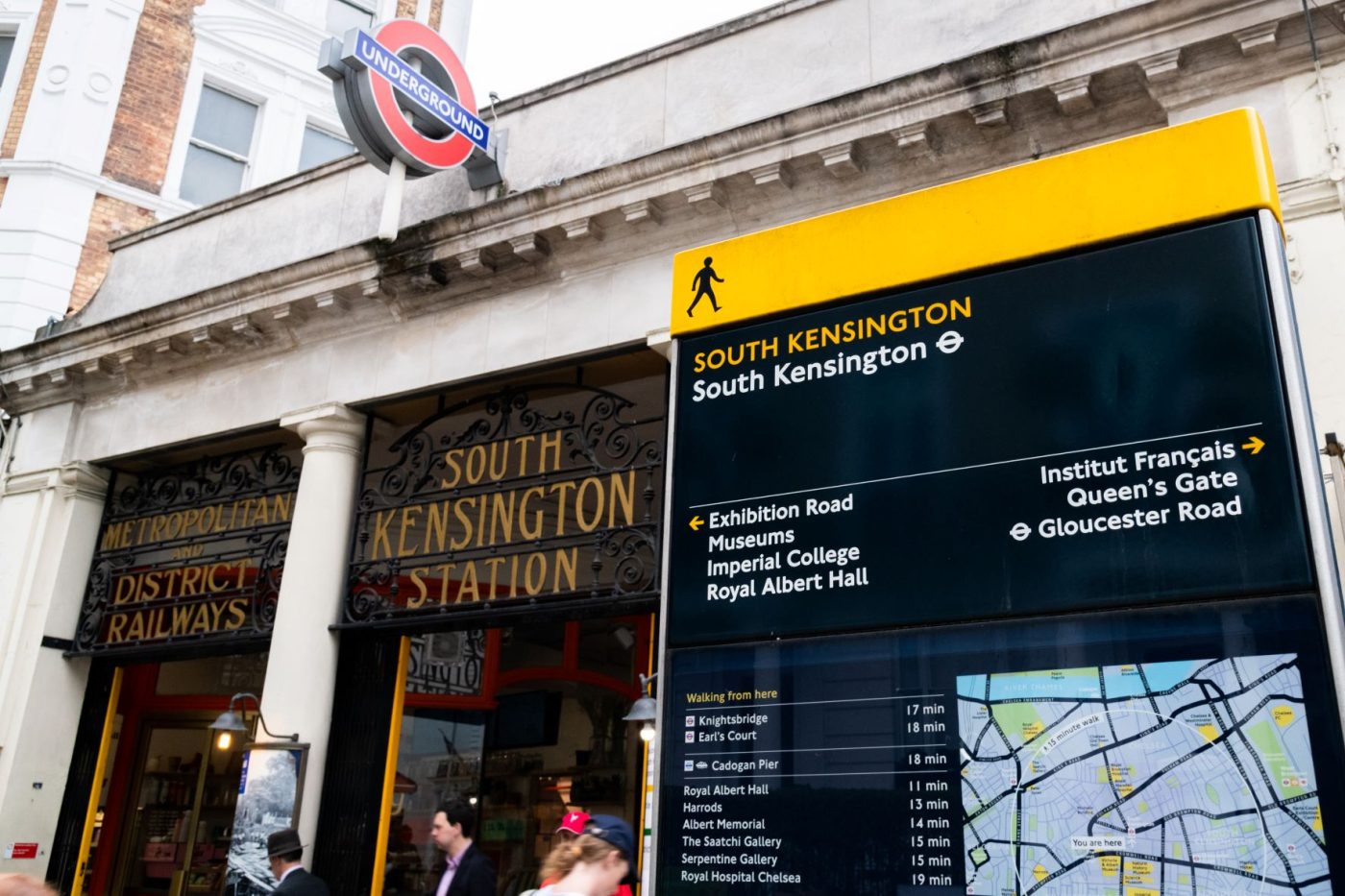
Walking
Not only does walking make you feel great, but it can be a very easy travel option in London; it’s a fantastic way to get to know the city and you are more than likely to stumble across some hidden gems en-route. To avoid consuming data between destinations, download your route to your phone on the Google Maps app when you have access to Wi-Fi. This is especially beneficial if you don’t have a SIM card from the United Kingdom. Otherwise, there are plenty of helpful “Legible London” maps all over the city that show you where you are in relation to nearby streets and attractions and which way you are facing. These maps, provided by Transport for London, form the world’s largest public wayfinding system, which we think is an attraction in itself!
